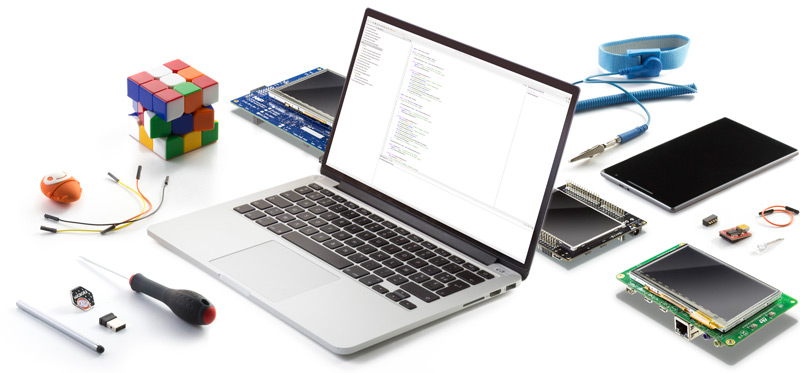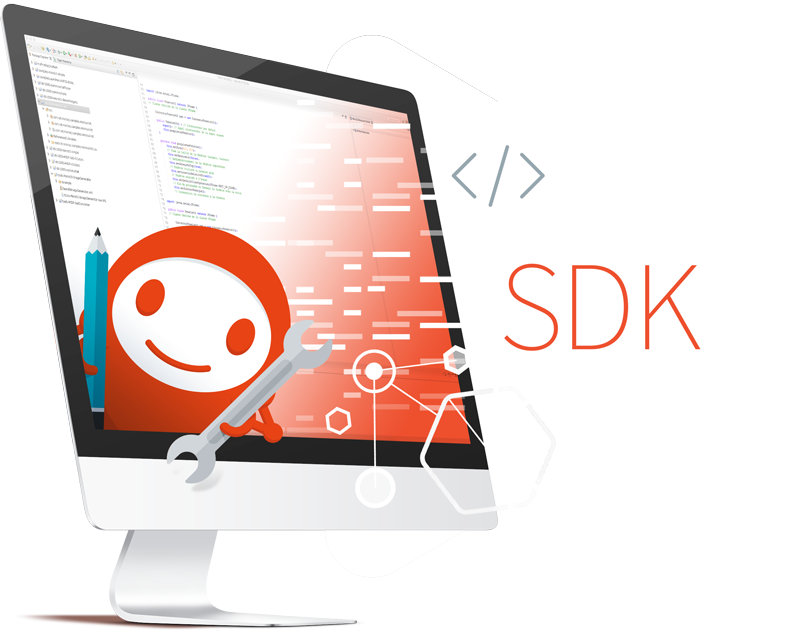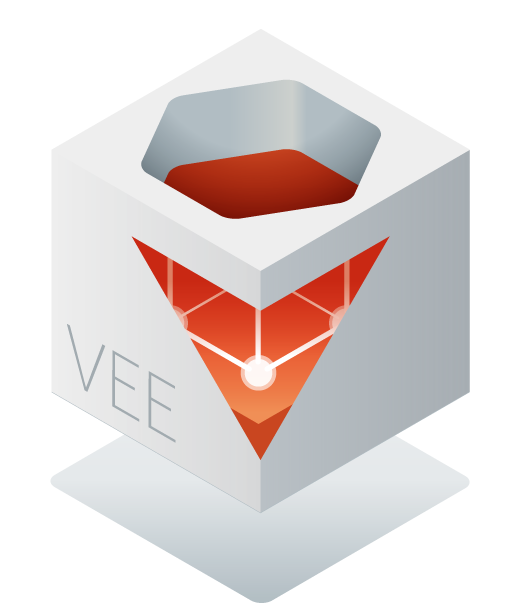Discover how to build your products using outstanding technologies made ready for embedded software developers. MicroEJ tools and libraries enable you to easily create:
- Custom Virtual Execution Environment (VEE) for your IoT devices
- Appealing and intuitive embedded graphical user interfaces (GUI)
- Seamless device and Cloud connectivity
- Custom application store for your devices and safe distribution of your software assets across your organization and partner ecosystem



 MICROEJ VEE is a trusted virtual execution environment in which your applications can be executed in a reliable and secure manner thanks to thorough secure partitioning.
MICROEJ VEE is a trusted virtual execution environment in which your applications can be executed in a reliable and secure manner thanks to thorough secure partitioning.



